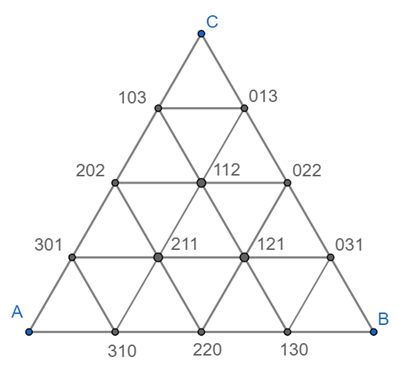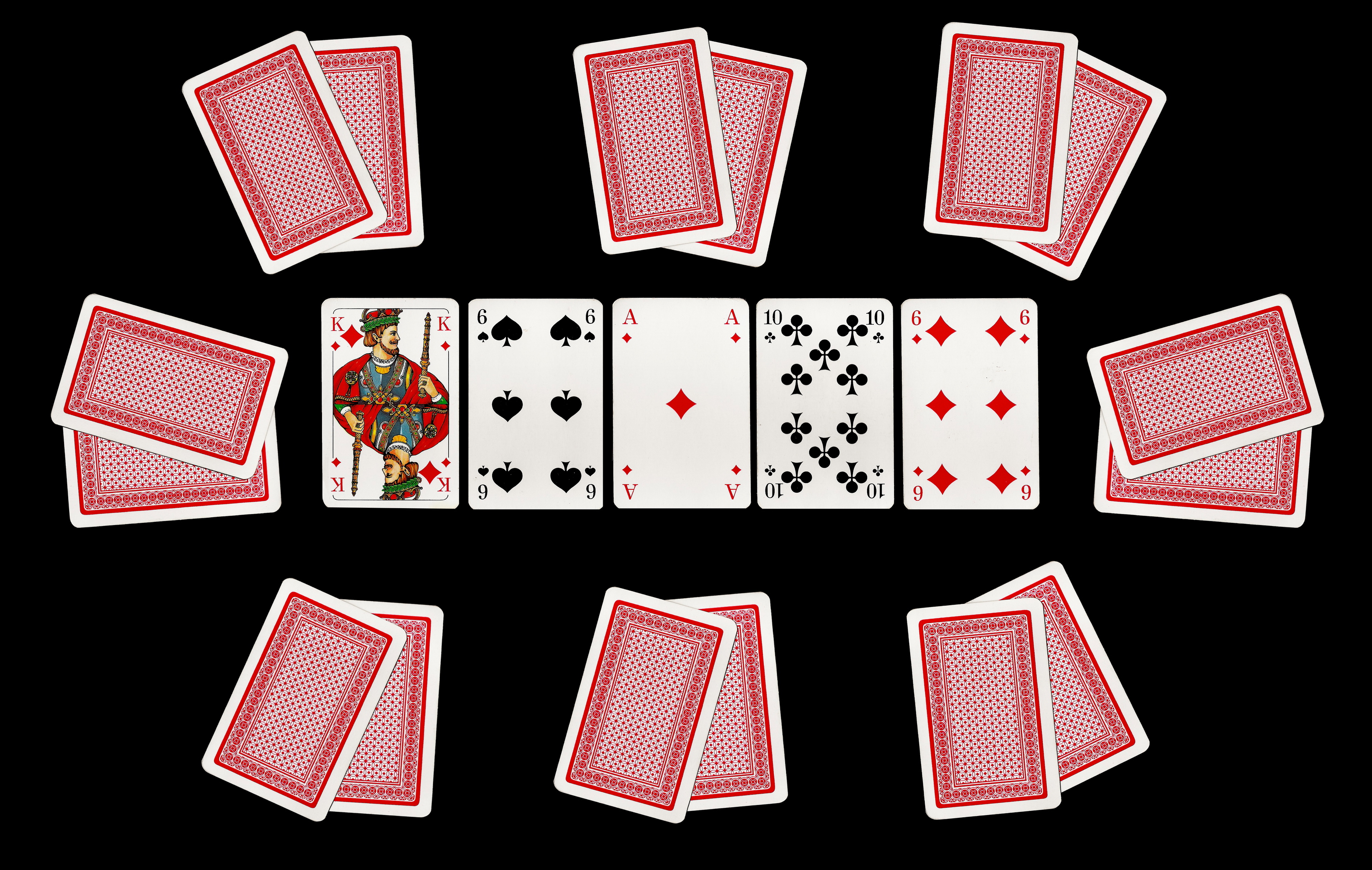|
Independent Chip Model
In poker, the Independent Chip Model (ICM), also known as the Malmuth–Harville method, is a mathematical model that approximates a player's overall equity in an incomplete tournament. David Harville first developed the model in a 1973 paper on horse racing; in 1987, Mason Malmuth independently rediscovered it for poker. In the ICM, all players have comparable skill, so that current stack sizes entirely determine the probability distribution for a player's final ranking. The model then approximates this probability distribution and computes expected prize money. Poker players often use the term ICM to mean a simulator that helps a player strategize a tournament. An ICM can be applied to answer specific questions, such as: * The range of hands that a player can move all in with, considering the play so far * The range of hands that a player can call another player's all in with or move all in over the top; and which course of action is optimal, considering the remaining op ... [...More Info...] [...Related Items...] OR: [Wikipedia] [Google] [Baidu] |
Poker
Poker is a family of Card game#Comparing games, comparing card games in which Card player, players betting (poker), wager over which poker hand, hand is best according to that specific game's rules. It is played worldwide, with varying rules in different places. While the earliest known form of the game was played with just 20 cards, today it is usually played with a standard 52-card deck, although in countries where short packs are common, it may be played with 32, 40 or 48 cards.Parlett (2008), pp. 568–570. Thus poker games vary in deck configuration, the number of cards in play, the number Poker dealer, dealt face up or face down and the number Community card poker, shared by all players, but all have rules that involve one or more rounds of Betting in poker, betting. In most modern poker games, the first round of betting begins with one or more of the players making some form of a forced bet (the ''blind (poker), blind'' or ''ante''). In standard poker, each player bets a ... [...More Info...] [...Related Items...] OR: [Wikipedia] [Google] [Baidu] |

